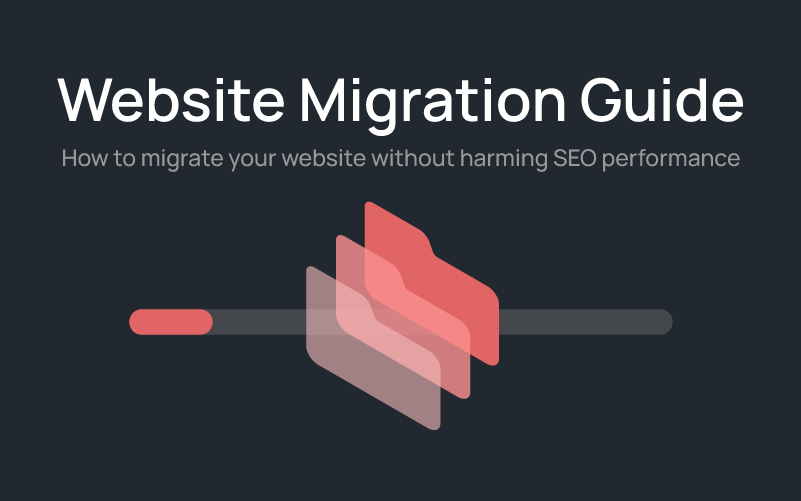There are a number of reasons you might choose to migrate your website. Your current hosting provider might not be offering you the service you need, or you’re experiencing site speed performance issues for example. Whatever the reason, if you need to migrate your site, it’s important any SEO ranking you’ve worked hard to gain won’t be lost. To help combat this, consider a website migration plan and keep an eye out for issues that can arise during and after the migration process.
This guide will highlight how you can prepare and outline key areas to consider should you need to migrate your website.
What is Website Migration?
Before going into more detail, it is first important to understand what website migration is and what’s involved in the process. Website migration might involve a structure, location, content or platform change for your website. These works are likely going to affect your website traffic and performance if the right checks aren’t undertaken in the process. We recommend running through the following steps before beginning:
1. Build A Plan
A website migration plan helps you choose areas you need to be focused on first and what timeline to apply to each (making sure everything remains on track). While the final migration may only take a few hours, the planning ahead of time and work will take far more time.
2. Crawl Your Website
There are many tools available to crawl your website, such as SEMrush. Crawling your website will outline any potential problems that your website already has such as duplicated content, broken links or metadata issues etc which should be addressed before the migration process takes place.
3. Backup Your Website
This cannot be stressed enough, ensure that you have a backup copy of your website on hand and should any changes need to be reverted back. It is always best to prepare for the worst possible scenario, rather than not having a safety net if something goes wrong.
4. Limit Access To Your Development Website
Make sure your development website is not accidentally indexed and is made in a closed, protected environment where you can undertake testing without external interference. Limited access in terms of who can view this closed environment – restricted access to users helps to negate any potential issues down the track.
Migration and Common Issues
When migrating it is important to ensure that both search engines and users understand your old website is no longer in use. This can be done by implementing redirects, introducing a new xml sitemap and unpublishing the old website. Any updated pages should share the same meta title and descriptions as their predecessors with the correct URLs attributed to the right page.
If there are problems with the migration in regard to SEO these can usually be determined in Google Search Console and website traffic data in Google Analytics numbers you see for the website (ex. are there any significant traffic source drops), as well as the errors detected when you try re-crawling your website. Some of the most common website migration issues which affect SEO performance are:
1. Broken redirects – Old URLs are not correctly being redirected to their updated counterparts.
2. Internal/External links are incorrect – Either the links were lost in the migration or the internal links are still connected to the old page URLs.
3. Non-indexable pages – This could be down to a Robot.txt file blocking a search engine from crawling and indexing the pages. Make sure this is updated when you are pushing a new site live.
4. Canonical tags aren’t properly set up – Canonical tags essentially tell Search Engines which URL a website wants to appear in search results for. Incorrect tags could lead to duplication, which affects SEO ranking. To help avoid this stress, and if you aren’t particularly tech savvy, aways work with a reliable website development agency to ensure that your site migration is streamlined and less likely to impact your business’s website and SEO traffic. Contact the team at Redline digital today!
